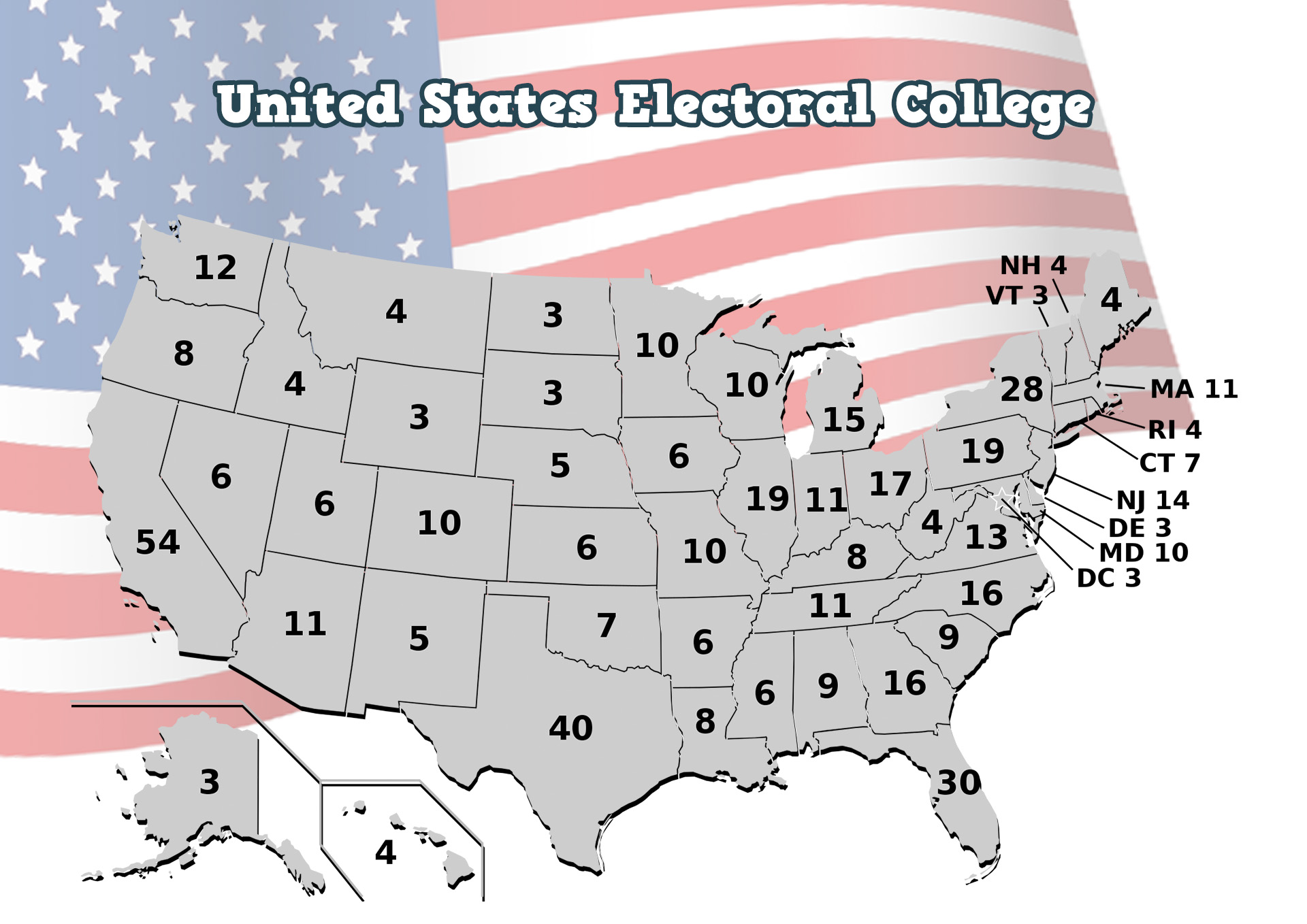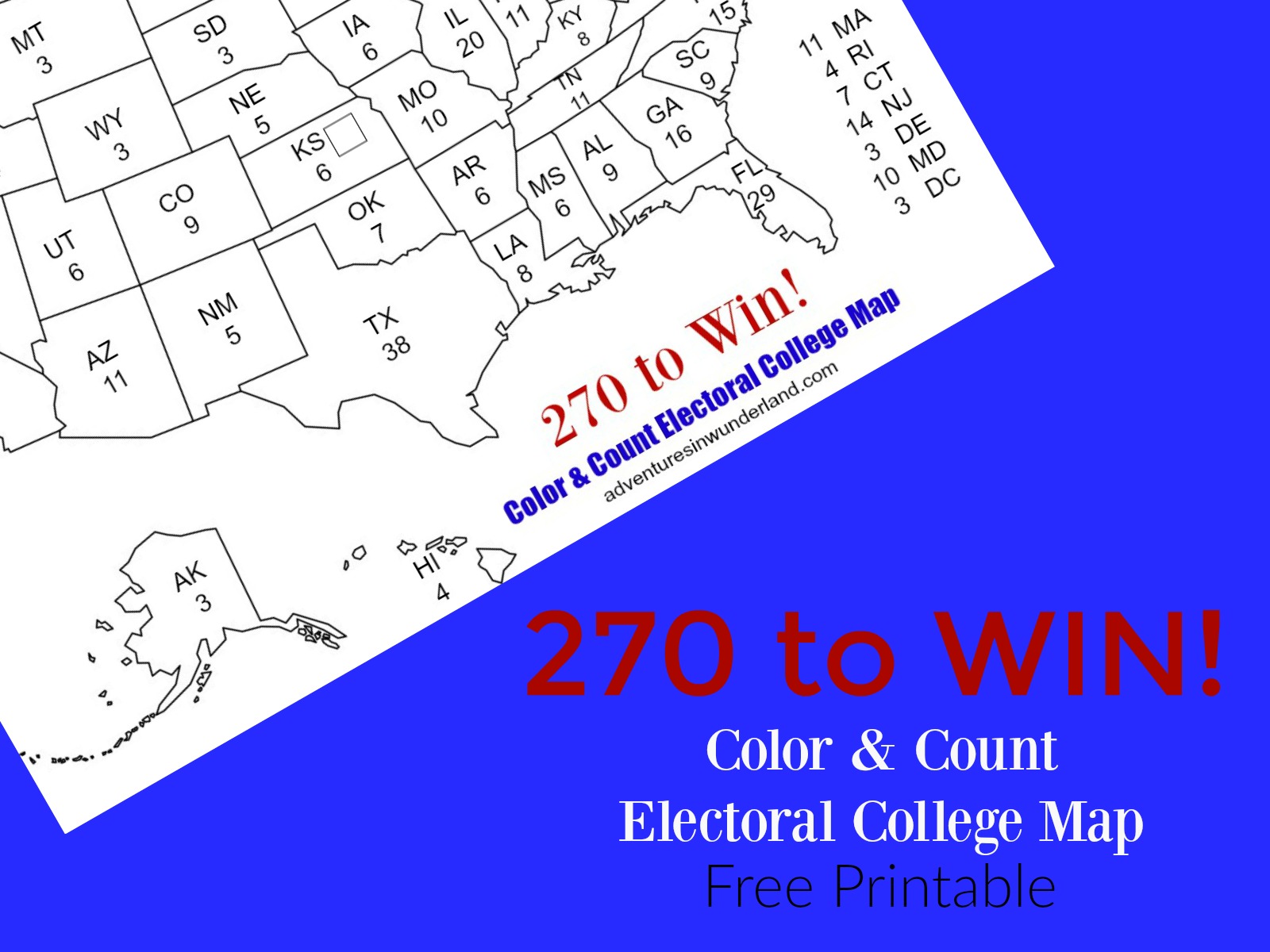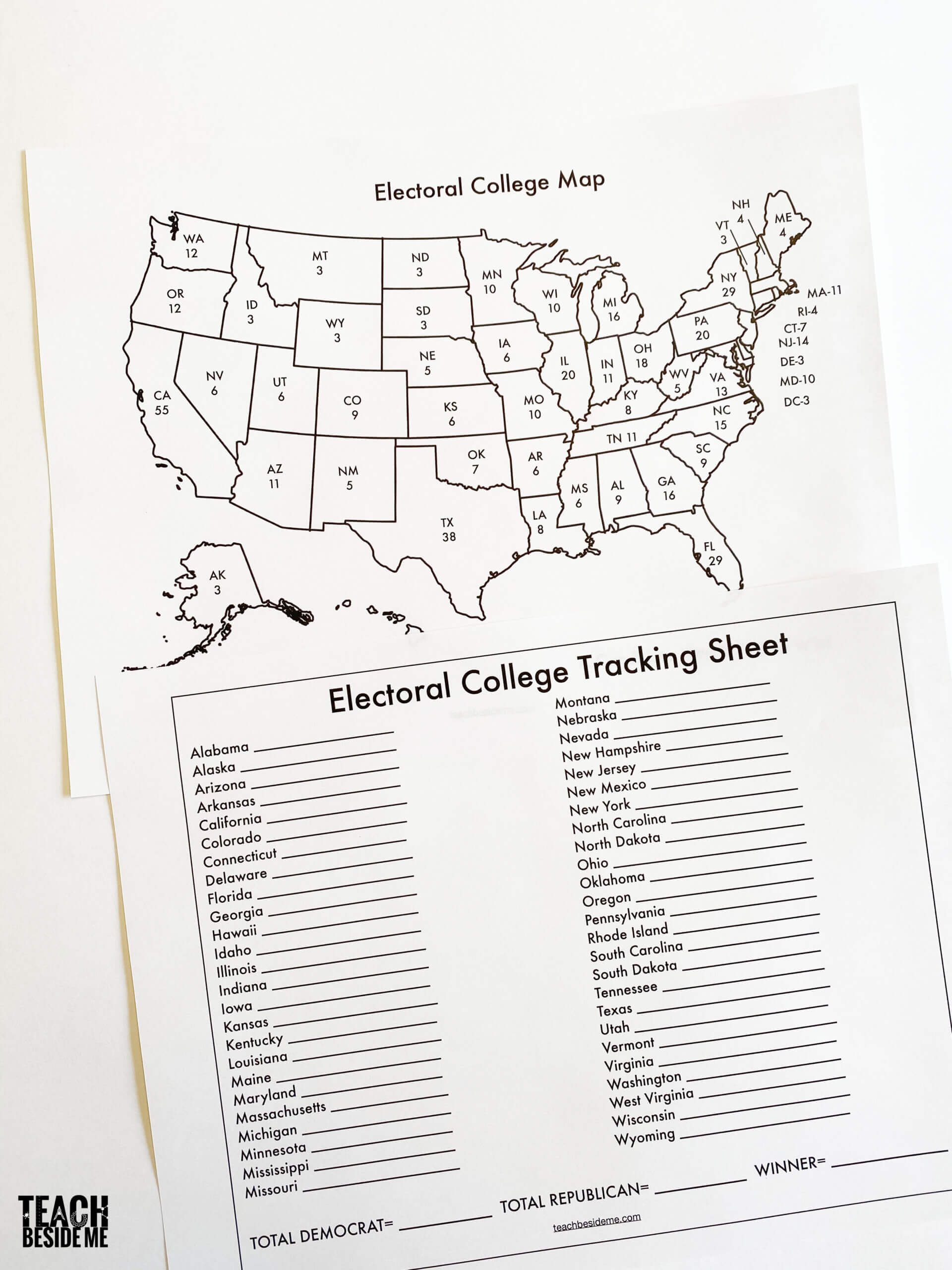Let’s face it, folks – the electoral college system can feel like one big puzzle. But don’t sweat it! This electoral college worksheet is here to break it all down for you. Whether you’re a student trying to ace that history class or a curious citizen wanting to understand how elections really work, we’ve got you covered. Buckle up, because we’re diving deep into the world of electoral votes, state representation, and everything in between.
Now, let’s be real for a second – the electoral college isn’t exactly the simplest concept out there. It’s kind of like trying to figure out how to fold a fitted sheet or assemble IKEA furniture without the instructions. But hey, that’s why we’re here! This worksheet is designed to make sense of it all, step by step, so you won’t feel lost in the shuffle.
So why does the electoral college matter? Well, it’s not just some random idea that someone threw together back in the day. It’s a crucial part of how presidents get elected in the United States. And trust me, once you understand how it works, you’ll look at election night in a whole new light. Let’s get started!
- Crispin Bonham Carter The Rising Star Redefining Hollywoods Landscape
- How Many Calories In Zaxbys Chicken Finger Plate A Deep Dive
What Exactly Is the Electoral College?
Alright, let’s start with the basics. The electoral college is basically a group of people – called electors – who are responsible for officially casting votes to decide who becomes president. Yeah, you heard that right. Even though millions of Americans head to the polls on Election Day, the final say actually comes down to these electors.
Here’s the deal: each state gets a certain number of electors based on its population. For example, California has a ton of electors because it’s super populous, while smaller states like Wyoming don’t have as many. But every state gets at least three electors, no matter what. It’s kind of like giving everyone a seat at the table, even if the table’s a little uneven.
How Many Electors Are There?
Now, here’s where things get interesting. There are 538 electors in total, and a candidate needs at least 270 electoral votes to win the presidency. That’s why you’ll often hear about the “magic number” of 270 during election season. It’s like the golden ticket that gets you into the White House.
- David Angelo Wikipedia Unveiling The Life And Achievements Of A Remarkable Figure
- Ebony Femboy Bbc A Deep Dive Into This Captivating Trend
But why 538? Well, it’s based on the total number of members in Congress – 435 representatives in the House and 100 senators – plus three additional electors from Washington, D.C. See? It’s all about representation, folks!
Why Do We Even Have an Electoral College?
Okay, so you might be wondering, “Why didn’t they just let everyone vote directly for president?” Great question! Back when the Founding Fathers were putting together the Constitution, they had a few reasons for creating the electoral college system.
First off, they wanted to make sure smaller states didn’t get completely overshadowed by the bigger ones. Think about it – if it was all about the popular vote, states with huge populations would have way more influence. The electoral college helps balance things out a bit.
Secondly, they were worried about how informed (or uninformed) voters might be back in the day. Electors were supposed to be “wise” individuals who could make the final decision based on what they thought was best for the country. Of course, times have changed, but the system stuck around.
Pros and Cons of the Electoral College
Let’s talk about the good, the bad, and the ugly when it comes to the electoral college. Here’s a quick breakdown:
- Pros: It gives smaller states more of a voice, and it prevents elections from being decided solely by densely populated areas.
- Cons: It can lead to situations where a candidate wins the presidency without winning the popular vote, which has happened a handful of times in history.
So, is it perfect? Definitely not. But it’s the system we’ve got, and understanding it is key to making sense of modern politics.
Electoral College Worksheet: Breaking It Down
Alright, now let’s dive into the worksheet part. Think of this as your cheat sheet for mastering the electoral college. We’ll cover everything from how electors are chosen to how the votes are counted. Ready? Here we go!
Step 1: Understanding Electors
So, how do these electors even get picked? It’s a bit of a process. Each political party in a state selects its own slate of potential electors. Then, on Election Day, when voters cast their ballots for president, they’re technically voting for that party’s slate of electors. It’s kind of like voting for a team rather than an individual player.
Step 2: The Voting Process
Once the election results are in, the electors meet in their respective states to cast their official votes for president and vice president. These votes are then sent to Congress, where they’re officially counted. And just like that, we’ve got ourselves a new president (usually).
Electoral College Worksheet Questions
Let’s put your knowledge to the test with some worksheet questions. Grab a pen and paper, or open up a Google Doc – it’s time to quiz yourself!
Question 1: How Many Electoral Votes Are Needed to Win the Presidency?
Remember that magic number we talked about earlier? Yep, it’s 270. Write that one down – it’s a keeper!
Question 2: Why Do Smaller States Have More Influence in the Electoral College?
Because every state gets at least three electors, regardless of its population. This gives smaller states a bit more weight in the grand scheme of things.
Real-Life Examples of the Electoral College in Action
Let’s look at some real-world examples to see how the electoral college has played out in past elections. Sometimes, it’s all smooth sailing. Other times… not so much.
2000 Election: Bush vs. Gore
This one’s a classic. Al Gore won the popular vote, but George W. Bush took the presidency thanks to the electoral college. It was a hotly contested race, and the Supreme Court even had to step in to settle things. Talk about drama!
2016 Election: Trump vs. Clinton
Fast forward to 2016, and history repeated itself. Hillary Clinton won the popular vote, but Donald Trump secured enough electoral votes to clinch the victory. It sparked a lot of debate about whether the electoral college is still the right system for today’s world.
Common Misconceptions About the Electoral College
There are a few myths floating around out there about the electoral college. Let’s clear some of them up:
- Myth #1: Electors are required to vote for the candidate who won their state. Not necessarily true – there have been “faithless electors” who cast their votes for someone else.
- Myth #2: The popular vote doesn’t matter at all. Actually, it does – it determines which slate of electors gets chosen in most states.
How Can You Use This Electoral College Worksheet?
Now that you’ve got the basics down, here are a few ways you can use this worksheet:
- Study for that history exam you’ve been stressing about.
- Impress your friends with your newfound political knowledge.
- Start a conversation about whether the electoral college should be reformed.
Conclusion: Wrapping It All Up
Well, there you have it – the electoral college in all its glory (and controversy). Whether you love it or hate it, it’s a system that plays a huge role in shaping our democracy. And hey, now you’ve got this awesome worksheet to help you make sense of it all.
So what’s next? Share this article with a friend, leave a comment with your thoughts, or check out some of our other awesome content. Let’s keep the conversation going!
Table of Contents
- Pictures Of Josie Davis A Comprehensive Dive Into Her Iconic Imagery
- Laken Riley Autopsy Shown A Deep Dive Into The Facts And Speculation


